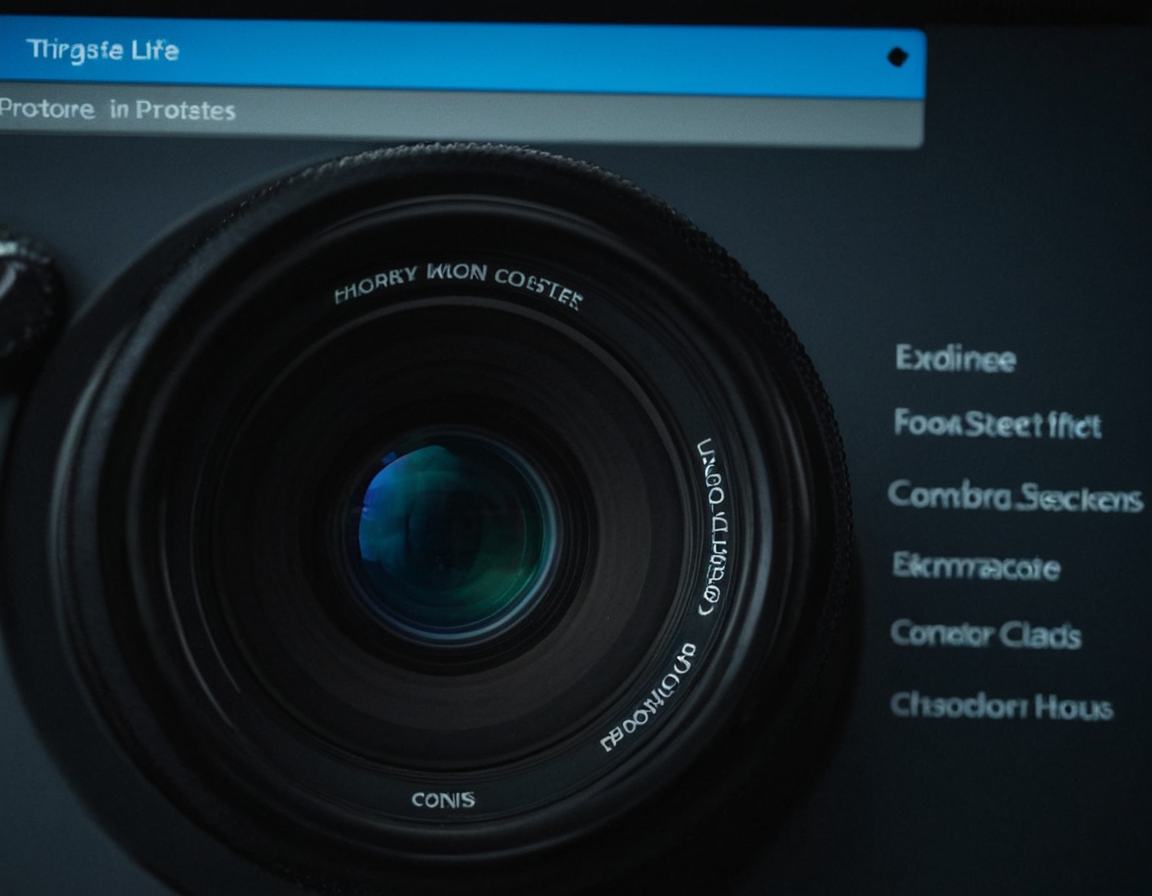Lightroom Lens Correction Guide

Mastering Lens Correction in Lightroom: A Step-by-Step Guide
Lightroom is a powerful photo editing software that offers a range of tools for correcting lens distortions and ensuring your images are accurate representations of the scene. However, mastering these tools requires practice and patience.
Introduction to Lens Corrections
Lens corrections can be broadly categorized into two types: chromatic aberrations (CA) and distortion. CA refers to the different colors appearing at different points in an image due to the varying focal lengths of different wavelengths, while distortion refers to the bending or skewing of straight lines due to the lens’s inability to focus all light rays perfectly.
In this guide, we’ll explore how to correct for these issues using Lightroom and discuss best practices for achieving professional-looking results.
Understanding the Lens Correction Panel
The Lens Corrections panel in Lightroom is where you can adjust various lens-specific settings. Here are some key options:
- Chromatic ABerration: This option allows you to fine-tune the CA correction by moving the slider to adjust the amount of color shift.
- Distortion: This option lets you correct for barrel and pincushion distortion, which can be adjusted independently.
For best results, it’s recommended that you use these options in conjunction with each other. For example, if you notice a significant amount of CA, you may also want to adjust the distortion settings to ensure accurate color representation.
Fine-Tuning Corrections
To apply corrections effectively, consider the following steps:
- Assess your image: Before making any adjustments, examine your image closely to identify areas that require correction.
- Use the ‘Target’ tool: This feature allows you to target specific areas of the image for precise control over lens corrections.
- Test and adjust: Make subtle changes to the settings and evaluate their impact on the image. Be cautious not to overdo it, as excessive adjustments can introduce unwanted artifacts.
Best Practices
Here are some additional tips to keep in mind when working with lens corrections:
- Work in RAW: Shooting in RAW format provides more flexibility during post-processing and allows for greater control over lens corrections.
- Use the ‘Presets’ feature: Lightroom offers a range of pre-made presets that can help you achieve consistent results across different images and lenses.
- Save your work frequently: This will prevent data loss in case you need to revert changes.
Conclusion
Mastering lens corrections in Lightroom requires practice, patience, and attention to detail. By following the steps outlined above and adhering to best practices, you can ensure that your images are accurate representations of the scene.
Remember, the key to achieving professional-looking results is to work methodically and make subtle adjustments. Don’t be afraid to experiment and test different approaches – but also be cautious not to overdo it.
The next time you’re working on an image, ask yourself: “Am I taking full advantage of Lightroom’s lens correction tools?” The answer might just change the way your photography turns out.
About Mateo Gomez
Curating the intersection of voyeur photography and erotic fiction since joining voyuerpicture.com. With a background in art direction for intimate content, I help bring stories of desire to life – where every image speaks volumes.
